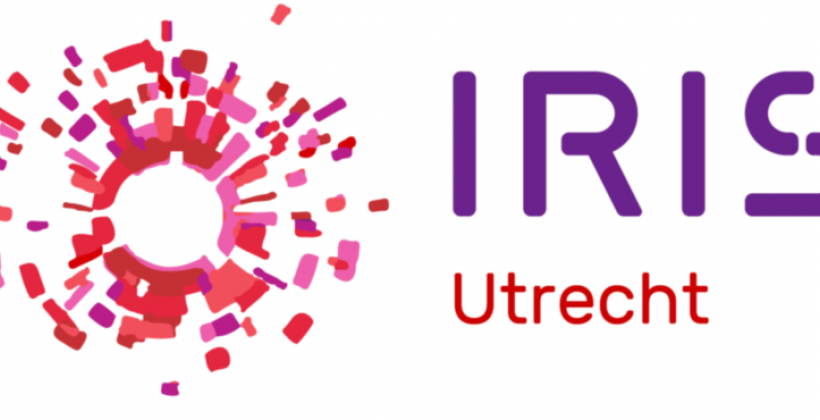
Location
Description
Within IRIS, Utrecht combines solar energy, affordable social housing and broad access to electric mobility. These solutions are developed together with citizens and built on open data to accelerate change.
Home to 350.000 inhabitants, Utrecht is the fourth largest municipality in the Netherlands and the fastest growing city in the country with a predicted 400.000 inhabitants in 2025. Utrecht's core ambition is to be a climate neutral city by 2030.
The city has shown consistency and commitment to sustainable energy policy with ambitious Strategic Energy Action Plans and membership of the Covenant of Mayors among many other initiatives. Although Utrecht is very densely populated, the city has the highest rate of PV-systems installed in the Netherlands (2015: 10 MWp, 4000 installations) and aims to have 10,000 by 2020.
The city is also a recognised pioneer in electric vehicles (EVs) and vehicle to grid (V2G) charging technology. In 2018 a Smart Solar Charging station launched with 200 solar panels and a 1MWh battery, generating enough power to charge twenty full electric cars simultaneously with stored solar energy. Even when the sun doesn’t shine.
A cyclist’s paradise with 43% of journeys under 7.5km taken by bike, Utrecht boasts over 250km of bike paths and the world’s biggest bike parking garage with space for 12,500 cycles.
Demo Site Expected Impact
* Detailed information regarding the technical and financial performance will be available at a later stage.
The planned measures will reduce energy demand in the neighbourhood, increase the use of renewable energy, improve the comfort level of buildings, save costs on space heating and hot water and involve local residents in project planning.
Technologies
Buildings and energy
The Utrecht lighthouse demonstration will address the following:
- To become energy neutral districts, a high penetration of renewables is necessary, in addition to low energy buildings and infrastructures.
- For high penetration of renewable electricity, increasing the flexibility of the electricity grid is essential. Therefore demand response management as well as integrating storage capacity at district scale are necessary solutions.
- The district is characterised by a variety of energy infrastructure, the majority of which was installed in decades ago and has become obsolete. The resulting need for renewal of the energy infrastructure is an opportunity for transforming the district into a Near Zero Energy district. The aim is to use renewable power for heating and cooking rather than natural gas, and to create an all-renewable electric district.
- Kanaleneiland Zuid is a low-income district, asking for low and stable energy and mobility bills. A district-wide car sharing system deploying solar powered V2G e-cars is seen as a major chance, providing cost effective mobility, offering grid flexibility thanks to the storage capacity of the V2G-batteries, as well as resulting in low emission and noise levels.
- The diversity in stakeholders and the crucial role of citizens as enablers of the energy transition, especially in the low-income and multicultural district Kanaleneiland Zuid, require co-creation and attractive and inclusive services that support them in their own objectives to engage, express ownership, and behaviour change.
- In order to integrate energy efficiency solutions and renewables with storage for grid flexibility and sustainable mobility, integrated urban planning methods and data sharing tools are essential. Data based services for integrated urban district planning, as well as an urban ICT platform based on open specifications can be major enablers to manage the successful transformation towards intelligent, user-driven and demand-oriented infrastructures and information services, at household, district and city level.
Building aspects
- Building Energy Services
- DHW (only)
- Building Energy Services
- heating (only)
- Building Energy Services
- lighting and appliances
- Installed Renewable Energy Sources
- photovoltaic
- Technology used to supply the buildings
- boiler
- Technology used to supply the buildings
- district heating (DH) network
- Technology used to supply the buildings
- electrical equipment
Energy Systems Types
- Storage
- Electrical Storage
Mobility Type of Intervention
- Infrastructure
Thematic Field
- Energy System(s) Integration
- Mobility and Transport
- Refurbished Building(s)
